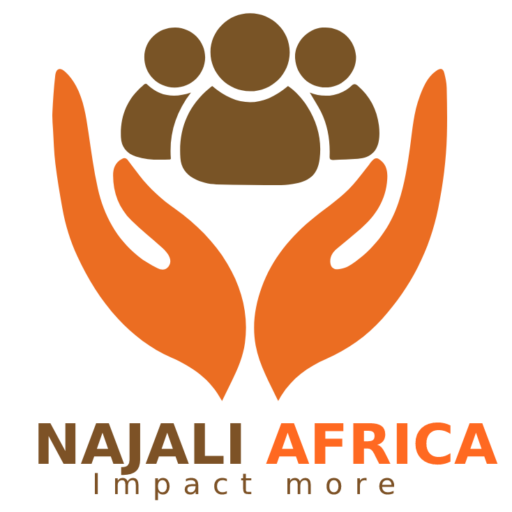
How can women derive value from the full range of financial services By Anna Mushi
The World Bank has reported that although women make up 40% of the world’s workforce, they are less likely to have access to formal financial services. Indeed, even as many developing countries across the world are experiencing impressive improvements in financial inclusion, 10% more men than women are using banks and other formal services. This limits the ability of women to make transactions, borrow, save or manage risks, leading to a large proportion of women to resort to using informal instruments of often unreliable and limited resources.
Deriving value from the use of a wide range of financial services entails meeting certain requirements to be onboarded, taking up the service and, if services are relevant, deriving value from their usage. Over the past decade, many new products and services have entered the market that meet the needs of segments of the population who had previously been excluded due to distribution challenges, cost or registration requirements. Many people on all levels of income are now understanding and valuing the benefits of the new solutions offered as they are tailored to their requirements and, with the rise in mobile phone ownership, they can be accessed from anywhere in the country.
Despite this progress, women lag behind men in several key areas. The FinScope Tanzania 2017 study shows that many women lack formal education and, when asked, only 6 out of 10 owned a mobile phone. In addition, as well as unfavourable social and cultural norms, strict registration requirements reduce the opportunities for many women to take up many formal services. This is seen in the market data where there are gender gaps of 11% in mobile money usage, 9% in banking, 4% in pensions and 3% in microfinance lending.
On the other hand, the data shows that women are more likely to participate in informal savings groups than men. This can be explained in terms of women’s aspirations to improve the livelihoods of their families, send their children to school and start businesses, together with the principles on which the groups operate. They are usually community based and feature a high proportion of women, so can address social and cultural norms and, as members meet regularly, experience and knowledge can be shared among the group to overcome lack of knowledge and understanding of new members.
For women to derive value from the full range of financial services, there is a need to build on the success of informal financial services and their simple, transparent structure and process. Many financial service providers are looking to expand their markets and women represent a significant untapped segment of the population. Understanding the needs and challenges of women is crucial to the development of successful new products and services. The FinScope studies provide valuable market data to make sound business cases for financial services targeting women and show that nearly women do participate informally as half save at home, more than 60% borrow from family and friends and, although the majority use cash for transactions, 5% receive money through digital financial services.
As well as new thinking among financial service providers, policy makers and regulators are pushing forward the agenda for increased financial inclusion for women by encouraging many informal providers to enter the formal market with the benefits of improved customer protection and access to capital. New customer-led, innovative and affordable solutions can meet the needs of women to take their place in the financial sector and improve the lives of their families and communities.
www.fsdt.or.tz




